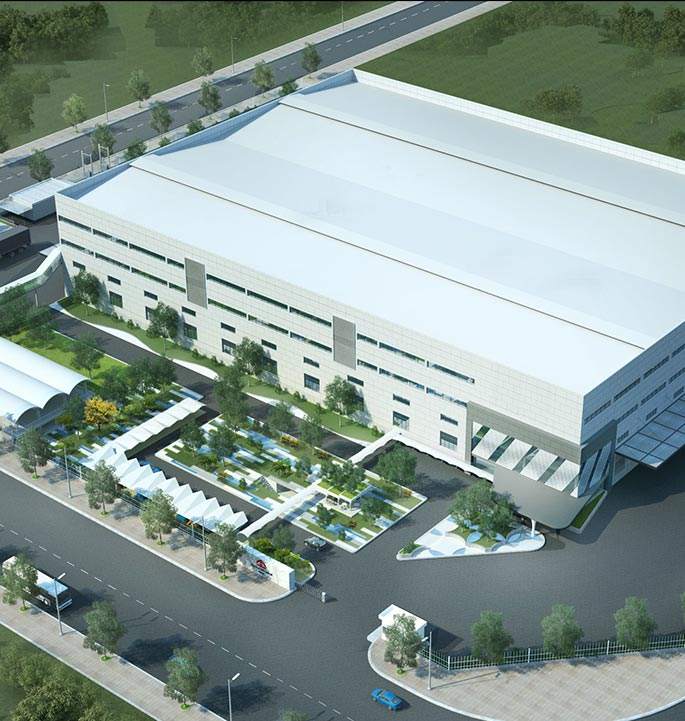MODEL:ATZ3000
ATZ3000 Series Multi-function Power Meter
Hangzhou Antin Power Technology Co., Ltd is located in Hangzhou, China, known as the "Silicon Valley of Paradise". Establishment in 2013.Antin Power is one of the leading ATZ3000 Series Multi-function Power Meter Company and ATZ3000 Series Multi-function Power Meter Suppliers of electricity meters and energy measurement solutions to help worldwide customers visualize all energy usage and improve productivity and energy efficiency.
Over the years, Antin Power has developed a wide range of products including din rail energy meters, multi-function energy meters, prepaid energy meters, panel meters, etc., which could be widely used in the applications like energy management and monitoring systems, sub-billing systems, electrical SCADA system etc.

-
0
Founded In
-
0
Certificate
-
0year
Quality Promise
-
0+
Cooperate Client
-
The digital panel power meter is a new type of power measuring instrument. It has the characteristic...
READ MORE -
With the rapid development of information technology, remote monitoring technology has become an ind...
READ MORE -
Digital panel power meter is a precise electronic measuring instrument, widely used in power system,...
READ MORE -
The Din rail energy meter is a type of energy meter that is typically smaller in size and suitable f...
READ MORE -
The digital panel power meter not only measures power, but also provides brightness adjustment funct...
READ MORE -
In industrial production, the normal operation of equipment is the key to ensuring production effici...
READ MORE



















